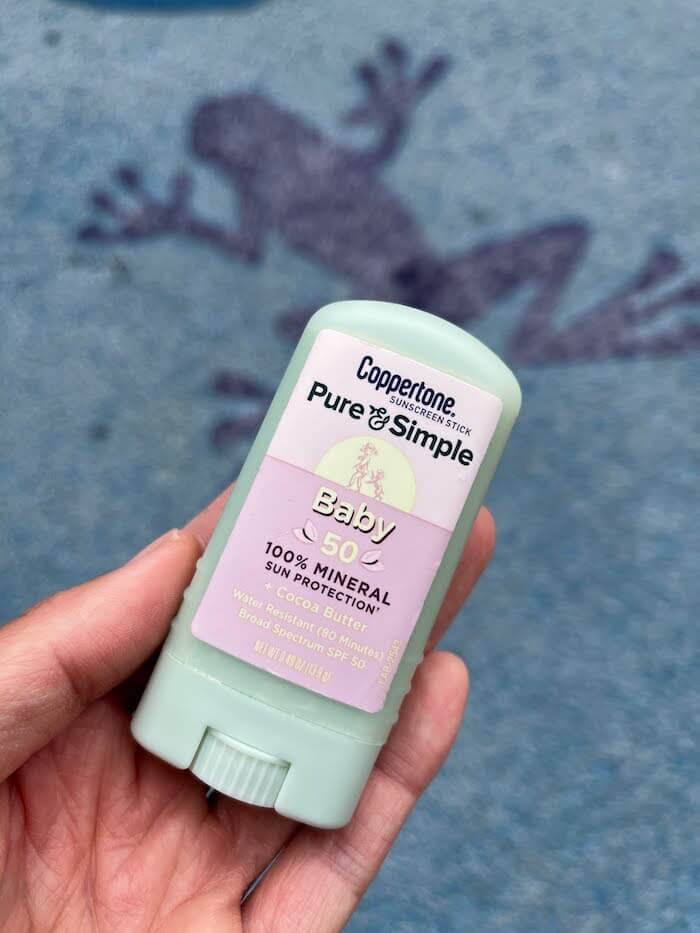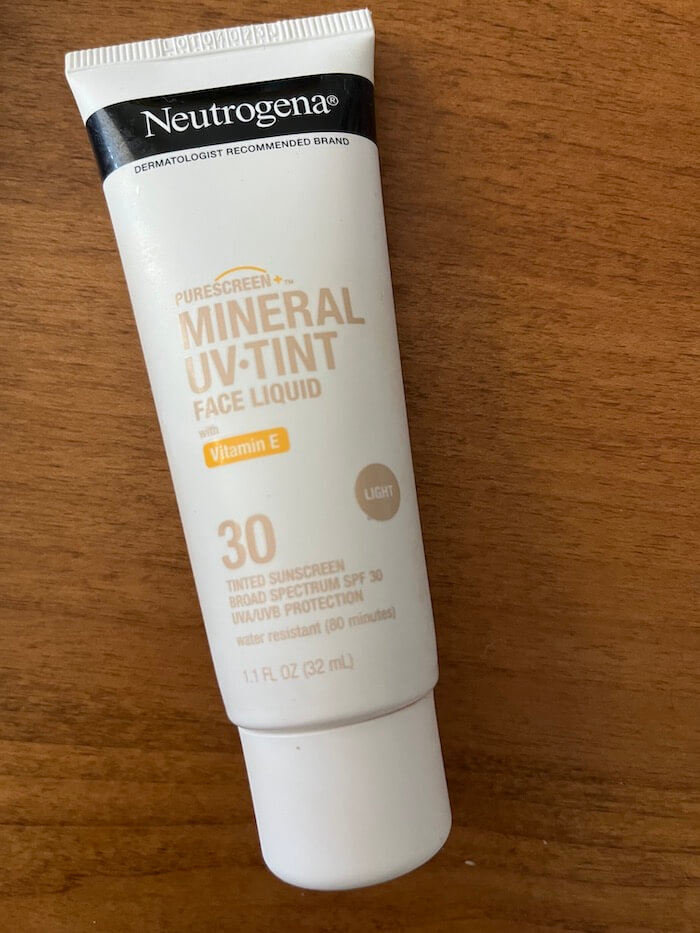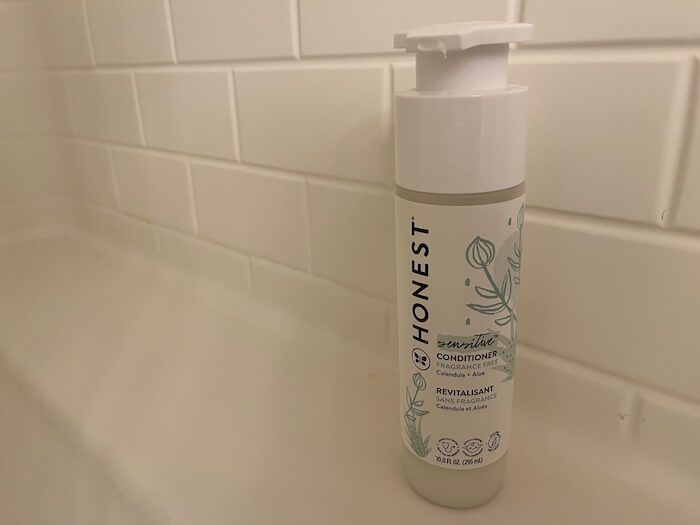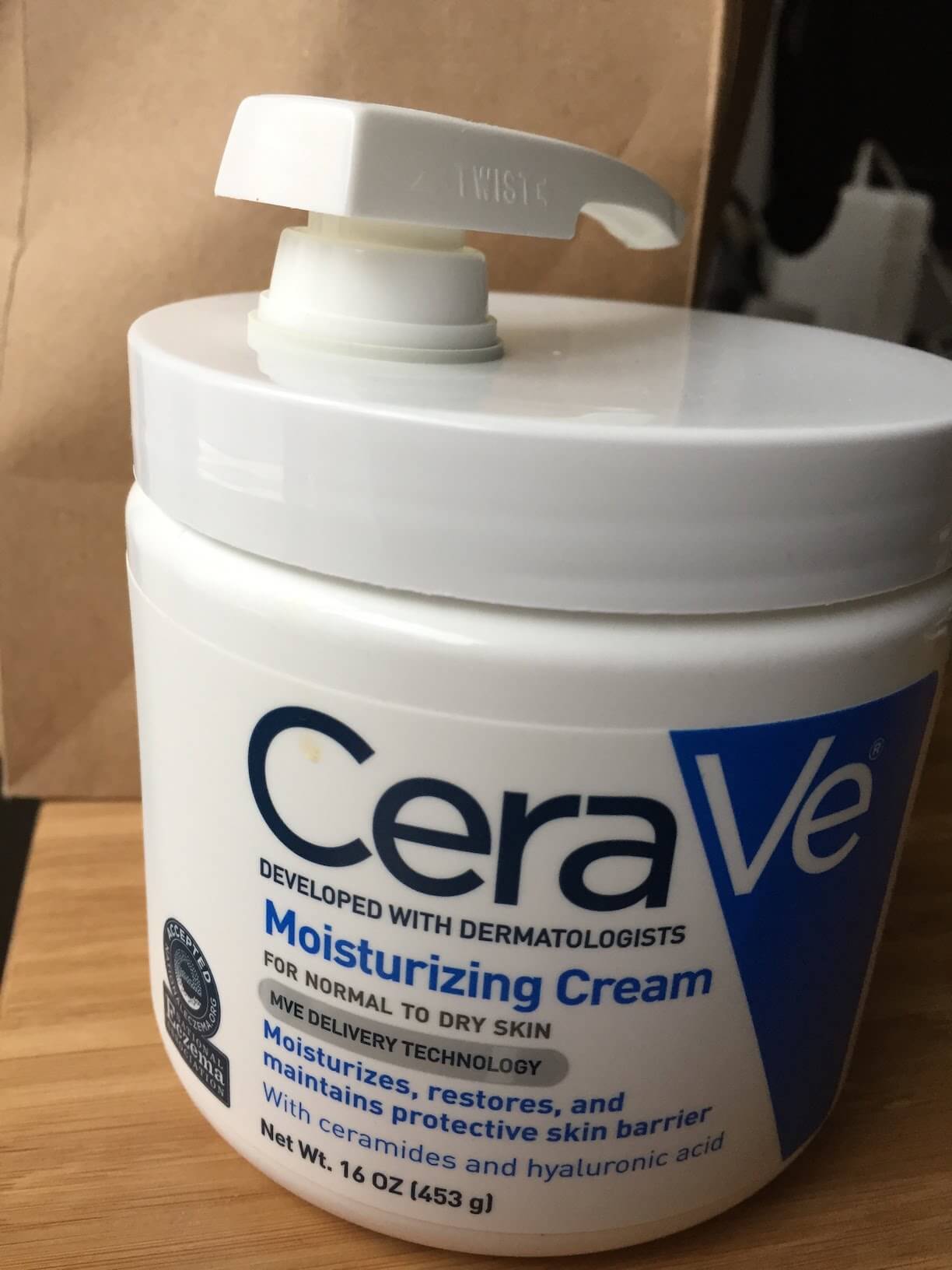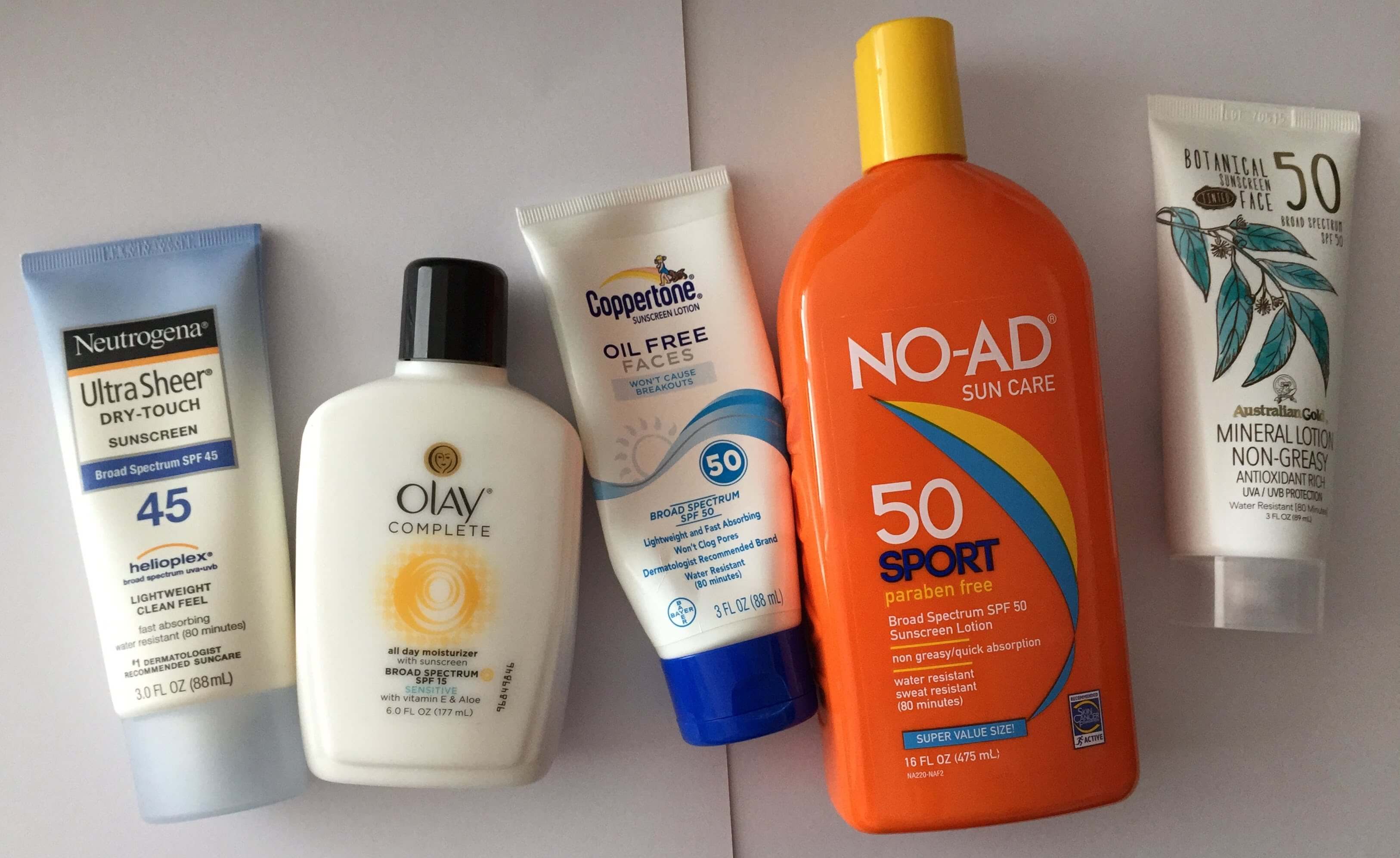Exploring Zinc Oxide Sunscreens: Thinksport Safe Sunscreen SPF 50
Thinksport has one of the highest percentages of zinc oxide I've seen: 20%. Let's take a closer look at the ingredients in this physical sunscreen.
I thought my lifelong search for the perfect facial sunscreen was over when I discovered Australian Gold Botanical Tinted Face Sunscreen (SPF 50). I really do love this sunscreen, but I’m a bit concerned about its low concentration of active ingredients: 4% zinc oxide and 4% titanium dioxide. When I emailed the company to ask, Australian Gold said that it hasn’t applied for the Skin Cancer Foundation’s Seal of Recommendation, and has no plans to do so. So, as summer approaches,…
